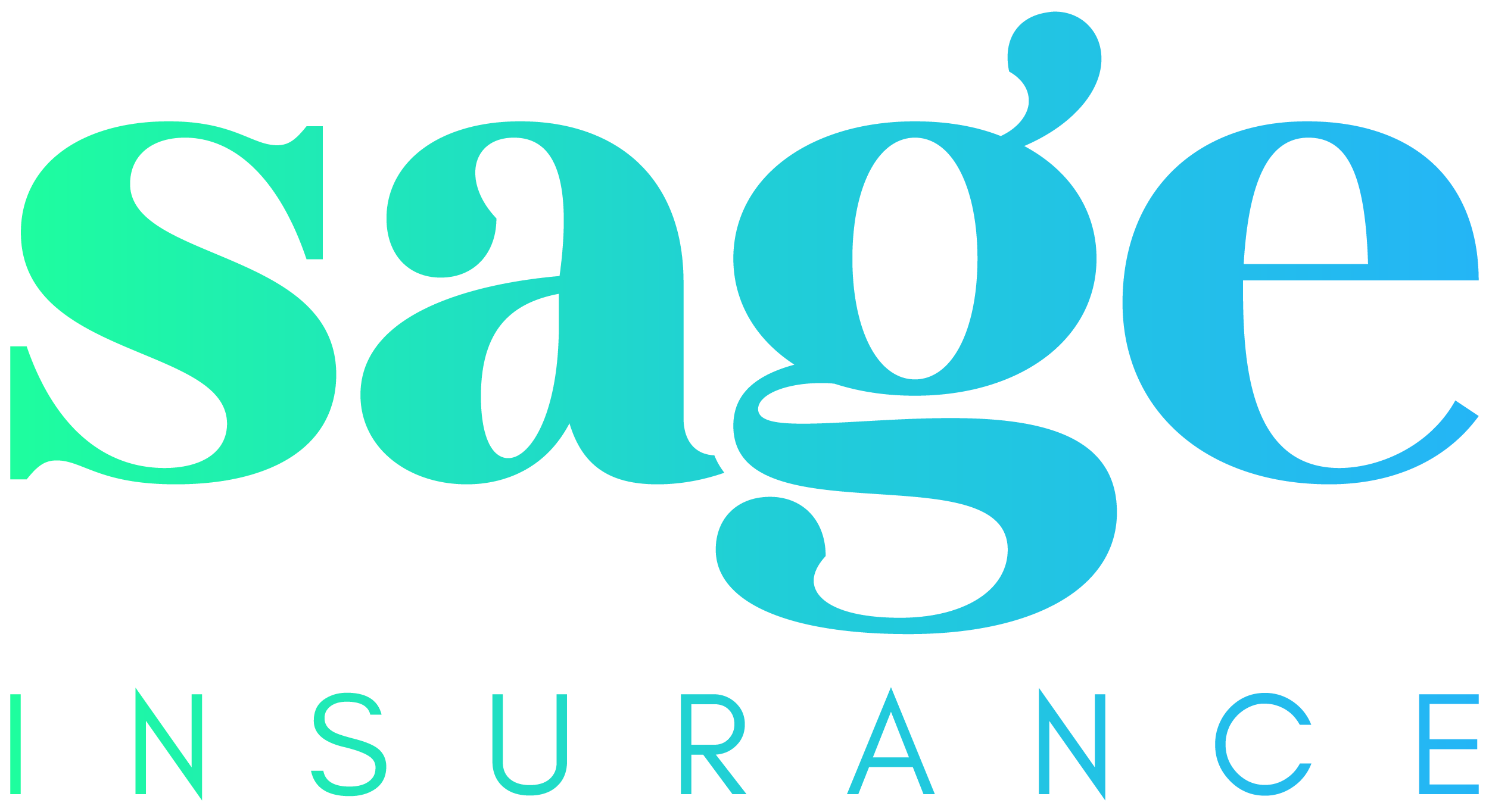


Stronger Insurance for a Stressed Workforce
The Rising Importance of Insurance Amidst Growing Mental Health Claims for business
Mental health has emerged as a pressing concern across workplaces, communities and families. With more people experiencing anxiety, depression, burnout and related conditions, both insurers and employers are noticing a marked rise in claims related to mental well-being. This trend is not just a social issue; it has tangible financial implications, making insurance coverage more critical than ever.
The facts
Recent data from Allianz highlights a striking trend: active psychological claims have surged 28.4% over the past five years (Allianz, 2025). These claims are not only more frequent but also significantly more costly than physical injury cases. The average mental health claim in 2024-25 reached $46,143, nearly 2.8 times higher than the cost of a typical physical injury claim (Insurance News, 2025).
Employees with active psychological claims took an average of 81 days off work, disrupting productivity and affecting business continuity (Allianz, 2025).
These figures illustrate why having a comprehensive insurance program is essential. A robust policy can help organisations manage the financial burden of rising mental health claims, ensure employees have access to timely treatment and mitigate the operational impact of long absences. Today’s environment, where mental health risks are rising sharply, insurance is not just a safeguard; it is a strategic tool for maintaining workforce resilience and organisational stability.
A Shift Towards Proactive Risk Management
Insurers and employers are increasingly focusing on prevention as well as response. Modern policies now include early intervention programs, mental health assessments and workplace wellness initiatives. This proactive approach reduces claim frequency, supports recovery and promotes long-term well-being.
Integrating these preventative measures within insurance programs allows businesses to strengthen support systems, build healthier workplace cultures and achieve better financial outcomes.
New Legal Obligations in Victoria
From 1 December 2025, new WorkSafe Victoria Psychological Health Regulations will take effect, introducing clear requirements for employers to manage psychosocial risks just as they would physical ones.
Under the new laws, employers must:
Identify psychosocial hazards in areas like work design, management practices and the work environment
Assess the risks by considering who may be affected and how long, how often and how severely they are exposed. All psychosocial risks must be considered together, not in isolation, as overlapping risks can heighten harm
Control the risks by eliminating them where reasonably practicable, or minimising them if elimination is not possible
Monitor and review control measures regularly to ensure they remain effective, especially when new hazards arise, workplace changes occur or employees raise concerns
Consult with employees, contractors and health and safety representatives when identifying, assessing and reviewing risks
These changes highlight the growing recognition that psychological safety is as critical as physical safety, and that businesses must adapt both their compliance and insurance strategies to reflect this shift.
Conclusion
The surge in mental health-related claims and the legal obligation to manage psychosocial hazards reflect how workplace risk is changing; it is a vital tool for protecting mental health and financial stability.
As awareness grows, organisations must prioritise comprehensive coverage, adopt preventative strategies and ensure that support systems are accessible when challenges arise. By doing so, they protect both their people and their business continuity.
Mental health has emerged as a pressing concern across workplaces, communities and families. With more people experiencing anxiety, depression, burnout and related conditions, both insurers and employers are noticing a marked rise in claims related to mental well-being. This trend is not just a social issue; it has tangible financial implications, making insurance coverage more critical than ever.
The facts
Recent data from Allianz highlights a striking trend: active psychological claims have surged 28.4% over the past five years (Allianz, 2025). These claims are not only more frequent but also significantly more costly than physical injury cases. The average mental health claim in 2024-25 reached $46,143, nearly 2.8 times higher than the cost of a typical physical injury claim (Insurance News, 2025).
Employees with active psychological claims took an average of 81 days off work, disrupting productivity and affecting business continuity (Allianz, 2025).
These figures illustrate why having a comprehensive insurance program is essential. A robust policy can help organisations manage the financial burden of rising mental health claims, ensure employees have access to timely treatment and mitigate the operational impact of long absences. Today’s environment, where mental health risks are rising sharply, insurance is not just a safeguard; it is a strategic tool for maintaining workforce resilience and organisational stability.
A Shift Towards Proactive Risk Management
Insurers and employers are increasingly focusing on prevention as well as response. Modern policies now include early intervention programs, mental health assessments and workplace wellness initiatives. This proactive approach reduces claim frequency, supports recovery and promotes long-term well-being.
Integrating these preventative measures within insurance programs allows businesses to strengthen support systems, build healthier workplace cultures and achieve better financial outcomes.
New Legal Obligations in Victoria
From 1 December 2025, new WorkSafe Victoria Psychological Health Regulations will take effect, introducing clear requirements for employers to manage psychosocial risks just as they would physical ones.
Under the new laws, employers must:
Identify psychosocial hazards in areas like work design, management practices and the work environment
Assess the risks by considering who may be affected and how long, how often and how severely they are exposed. All psychosocial risks must be considered together, not in isolation, as overlapping risks can heighten harm
Control the risks by eliminating them where reasonably practicable, or minimising them if elimination is not possible
Monitor and review control measures regularly to ensure they remain effective, especially when new hazards arise, workplace changes occur or employees raise concerns
Consult with employees, contractors and health and safety representatives when identifying, assessing and reviewing risks
These changes highlight the growing recognition that psychological safety is as critical as physical safety, and that businesses must adapt both their compliance and insurance strategies to reflect this shift.
Conclusion
The surge in mental health-related claims and the legal obligation to manage psychosocial hazards reflect how workplace risk is changing; it is a vital tool for protecting mental health and financial stability.
As awareness grows, organisations must prioritise comprehensive coverage, adopt preventative strategies and ensure that support systems are accessible when challenges arise. By doing so, they protect both their people and their business continuity.
Mental health has emerged as a pressing concern across workplaces, communities and families. With more people experiencing anxiety, depression, burnout and related conditions, both insurers and employers are noticing a marked rise in claims related to mental well-being. This trend is not just a social issue; it has tangible financial implications, making insurance coverage more critical than ever.
The facts
Recent data from Allianz highlights a striking trend: active psychological claims have surged 28.4% over the past five years (Allianz, 2025). These claims are not only more frequent but also significantly more costly than physical injury cases. The average mental health claim in 2024-25 reached $46,143, nearly 2.8 times higher than the cost of a typical physical injury claim (Insurance News, 2025).
Employees with active psychological claims took an average of 81 days off work, disrupting productivity and affecting business continuity (Allianz, 2025).
These figures illustrate why having a comprehensive insurance program is essential. A robust policy can help organisations manage the financial burden of rising mental health claims, ensure employees have access to timely treatment and mitigate the operational impact of long absences. Today’s environment, where mental health risks are rising sharply, insurance is not just a safeguard; it is a strategic tool for maintaining workforce resilience and organisational stability.
A Shift Towards Proactive Risk Management
Insurers and employers are increasingly focusing on prevention as well as response. Modern policies now include early intervention programs, mental health assessments and workplace wellness initiatives. This proactive approach reduces claim frequency, supports recovery and promotes long-term well-being.
Integrating these preventative measures within insurance programs allows businesses to strengthen support systems, build healthier workplace cultures and achieve better financial outcomes.
New Legal Obligations in Victoria
From 1 December 2025, new WorkSafe Victoria Psychological Health Regulations will take effect, introducing clear requirements for employers to manage psychosocial risks just as they would physical ones.
Under the new laws, employers must:
Identify psychosocial hazards in areas like work design, management practices and the work environment
Assess the risks by considering who may be affected and how long, how often and how severely they are exposed. All psychosocial risks must be considered together, not in isolation, as overlapping risks can heighten harm
Control the risks by eliminating them where reasonably practicable, or minimising them if elimination is not possible
Monitor and review control measures regularly to ensure they remain effective, especially when new hazards arise, workplace changes occur or employees raise concerns
Consult with employees, contractors and health and safety representatives when identifying, assessing and reviewing risks
These changes highlight the growing recognition that psychological safety is as critical as physical safety, and that businesses must adapt both their compliance and insurance strategies to reflect this shift.
Conclusion
The surge in mental health-related claims and the legal obligation to manage psychosocial hazards reflect how workplace risk is changing; it is a vital tool for protecting mental health and financial stability.
As awareness grows, organisations must prioritise comprehensive coverage, adopt preventative strategies and ensure that support systems are accessible when challenges arise. By doing so, they protect both their people and their business continuity.





